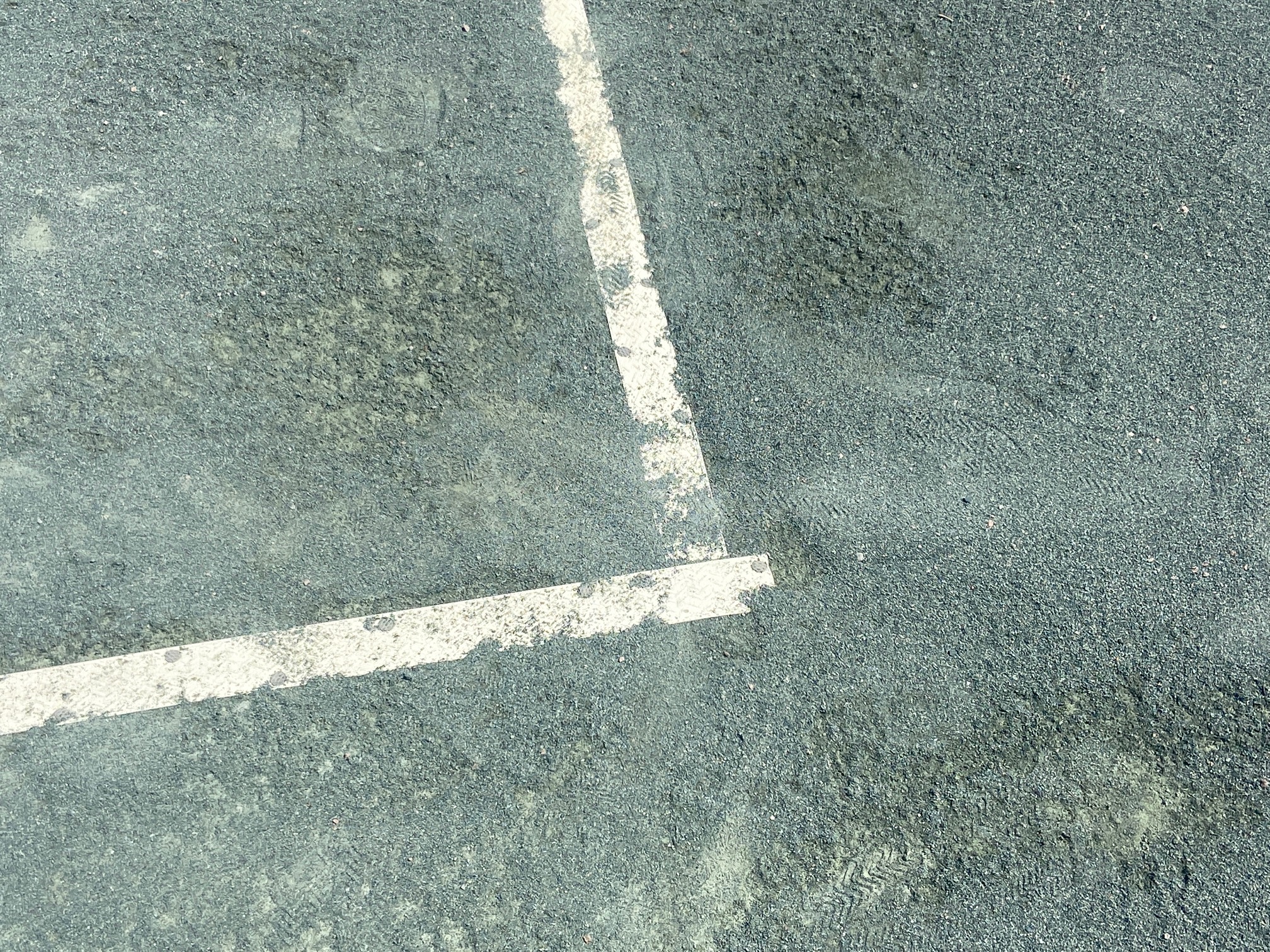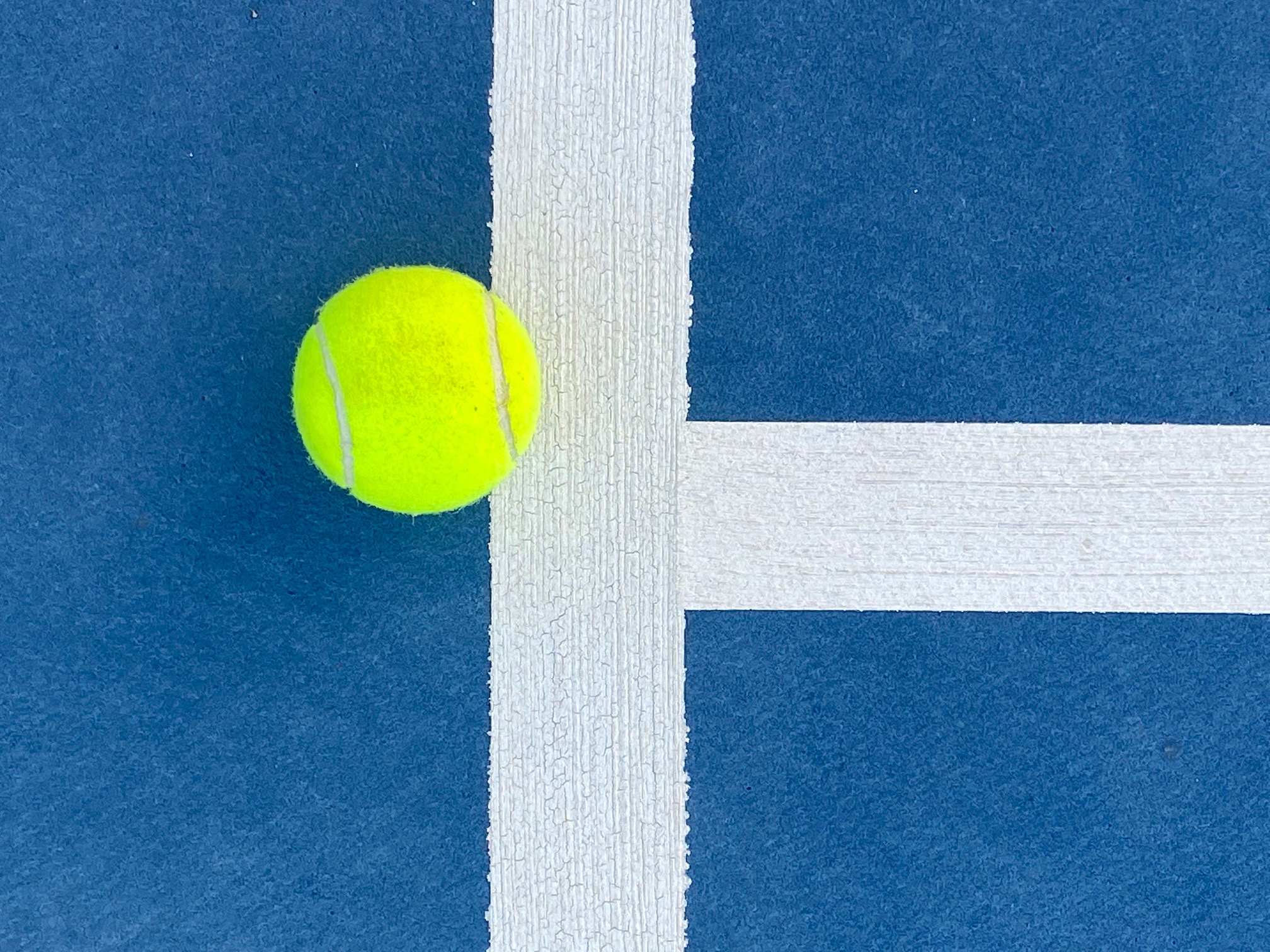Fiend at Court Unplugged
A short time after I wrote extensively about the ITF tennis ball testing procedures in 2020, I learned that both the USTA and Tennis Australia also have testing facilities and procedures for tennis ball testing. In fact, both of those national associations publish a list of approved balls that is divergent from the ITF list.
The Tennis Australia discovery came with the discovery of the Approved Balls Page maintained on the Tennis Australia official resources site. Penn tennis balls are completely missing from that list. A question submitted to the Tennis Australia portal for questions garnered a prompt response. In short, no one has ever submitted the Penn ball to the association for testing. This reveals that Tennis Australia performs independent testing. I assume that this is because the ball spins in the opposite direction south of the equator.
The revelation that the USTA maintains a separate list was tangentially COVID related. During the resumption of Adult tournament play, an event in my home section of Texas published the statement that if any player desired to use separate balls in a match that the player would be responsible for providing that second can of balls. There was some discussion related to that fact on the Texas Tournament Facebook group.
My sensibilities were offended from the standpoint that the tournament had failed to publish the type of balls that would be used in the matches, which is an implicit requirement in the ITF Rules of Tennis. Additionally, the tournament made no statement or requirement for the player-provided balls to be identical to the tournament provided balls. The simple fact of the matter is that balls from different manufacturers have divergent playing characteristics.
I made a snide comment in the Facebook forum that I would choose to serve all my games with the recently ITF approved Wilson Triniti ball in the absence of constraints. It is a heavier and faster ball, which I believe would be an advantage during my service games. Another player pointed out that I could not use the Triniti ball because it was not yet on the list of USTA approved balls.
That was the first time I became aware that the USTA also maintains a separate list of approved balls. In true USTA fashion, the list has not been updated since 2019. However, there is a memo from the USTA addressed to the Tennis Industry that outlines the procedures to be used in 2021. Mostly that memo states where to send the balls, and… more importantly the money… for USTA testing.
As I review my favorite posts from 2020, I would have been remiss to not take another cut at the tennis ball testing procedures. What I learned in 2020 is that the testing of tennis balls is big business. It is also more complex and regionalized than I had realized in my first pass through the rules.
The seminal post on how tennis balls are tested was “How To Test Your Balls” which was originally posted on January 19, 2020. It contained a couple of links to videos showing some of the testing in action for those of you who are into such things.
- Approved Balls, Tennis Australia Web Page, last viewed 1/1/2021.
- 2019 USTA Approved Tennis Balls, USTA Resources & Tools Web Page, last viewed 1/1/2021.
- 2021 USTA Tennis Ball Testing, USTA memo to the Tennis Industry dated October 1, 2020.



